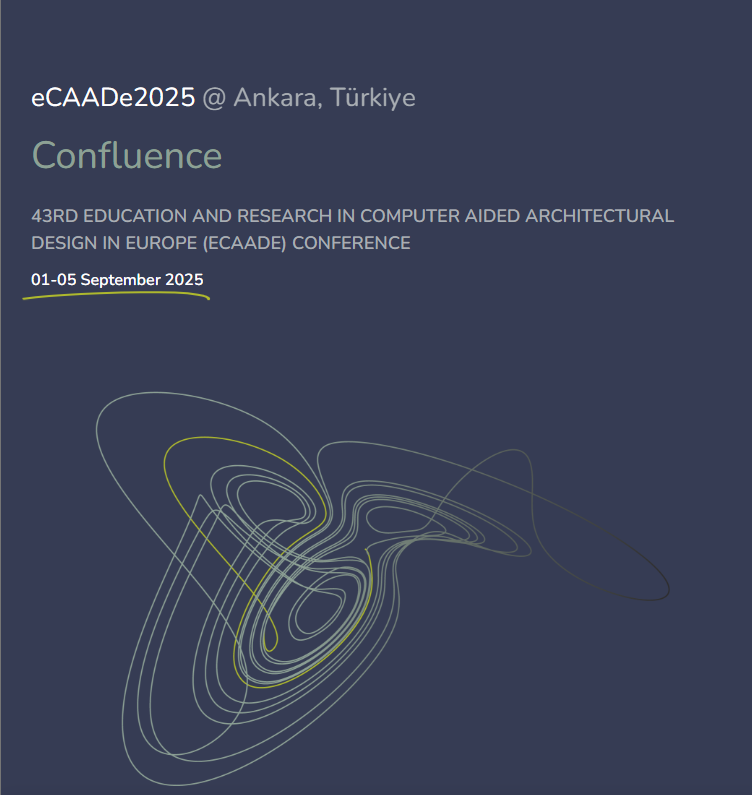3.4 DLA Models - Diffusion-Limited Aggregation Model
In physics and chemistry diffusion means a certain behavior of two different gases or liquids, which get in touch with each other. This behavior is characterized by the circumstance that two different gases or liquids are mixed when they are brought together. This mixture happens because of molecular heat emission, but the way of diffusion, its “form”, cannot be forecast, which means that it cannot be calculated by mathematics.
How can diffusion then be described? Through simulation: a certain point is marked, for example in the middle of the computer-screen. This point is the starting point of the diffusion. Now another point, anywhere on the screen starts its wanderings. The way it follows is random, analogous to the Brown's movement[01] . The movement is stopped when it touches the stationary point, because at that moment it is also turned into a fixed point. We can also think of a screen full of dead cells - one cell of which is turned to life in the middle part of the screen. Touching this living point means that the moving cell is also turned to life. The random movement is repeated for the next cell or point anywhere on the screen - see picture 18.













